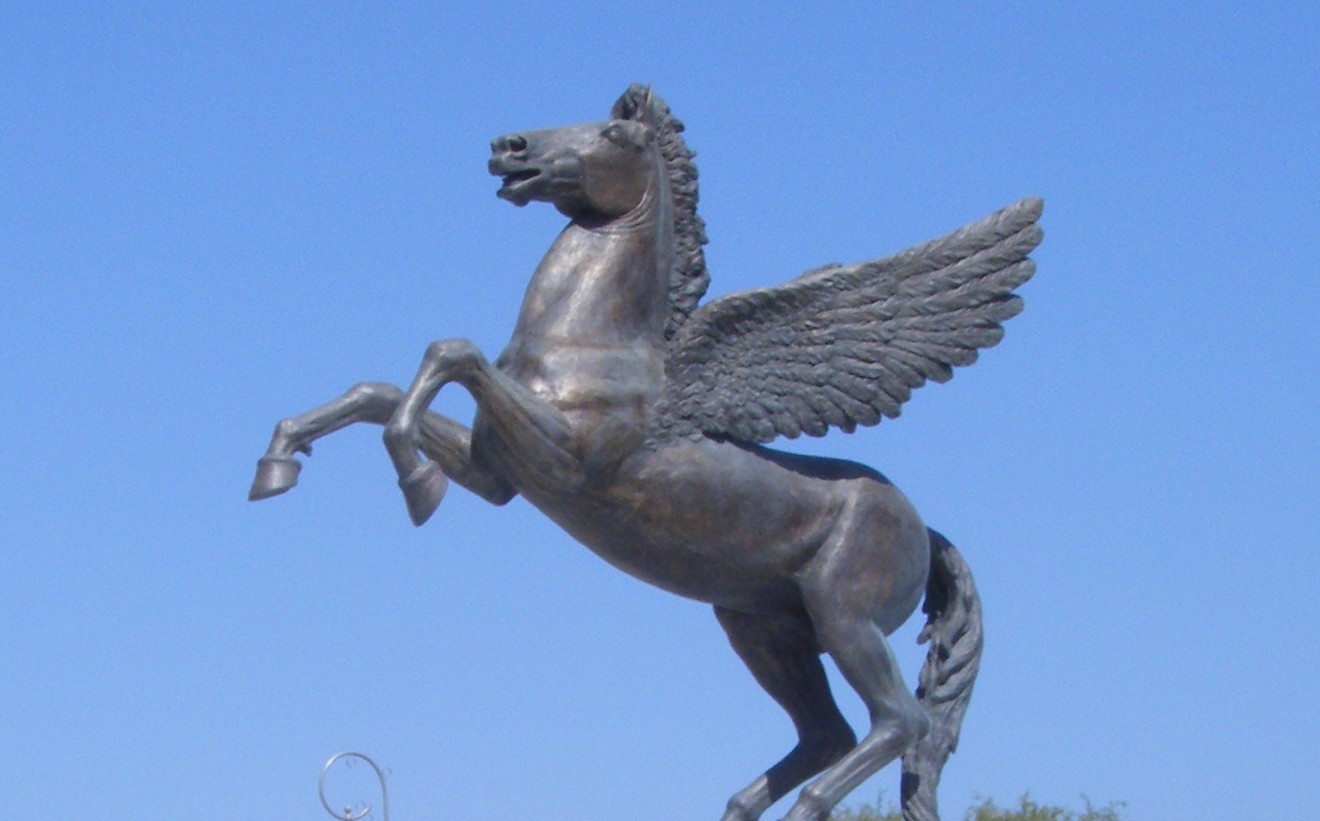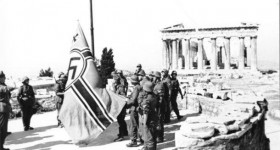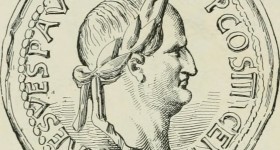The Syrian closed currency system in the Roman empire
“Most researchers believe that Egypt was the only closed currency system in the Roman world, e.g. a system in which the fluctuation of currency is restricted due to strict governmental control. In actual fact, there is another well developed closed currency system in the east, the provinces of wider Syria. The local silver coinage, the tetradrachm, was used exclusively in the markets of the Syrian cities. Their complete absence from excavations in neighbouring Asia Minor and Cyprus is prominent. We could assume that merchants either traded solely in that area without crossing the provincial borders. However, this assumption is not very probable, since denarii minted in the Syrian capital, Antioch, circulated throughout the empire. Most likely traders exchanged their silver tetradrachms for other currencies when they left Syria.
During the second century AD the use of tetradrachms complemented but never replaced the denarius system. The production of denarii at Antioch under the Flavians marked the period of the denarius introduction to Syria. A second period of intense production took place during the reigns of Pescennius Niger and Septimius ever us, probably in order to cover for their respective military expenses. These imperial silver coins (denarii), which were minted in Antioch, circulated in Syria, though in smaller numbers than tetradrachms. In that respect the Syrian closed currency system was not as restrictive as the Egyptian one.”
For more information you could consult my book C. Katsari, The Roman Monetary System, CAmbridge University Press 2011.




